In a heartwarming turn of events, a 4-year-old boy who accidentally broke a 3,500-year-old jar at the Hecht Museum in Haifa, Israel, has been invited back to witness the restoration process. The incident, which could have been a parent’s nightmare, has instead become an educational opportunity for the young boy and his family.
The Bronze Age jar, likely used for storing wine or oil, had been on display for 35 years before the accident. Museum staff, rather than reprimanding the family, have embraced the situation as a chance to showcase the intricate process of artifact restoration. Using advanced 3D technology and high-resolution videos, experts are working to piece the ancient vessel back together, providing a unique behind-the-scenes look at museum conservation efforts.
Museum’s Forgiveness Teaches Lesson
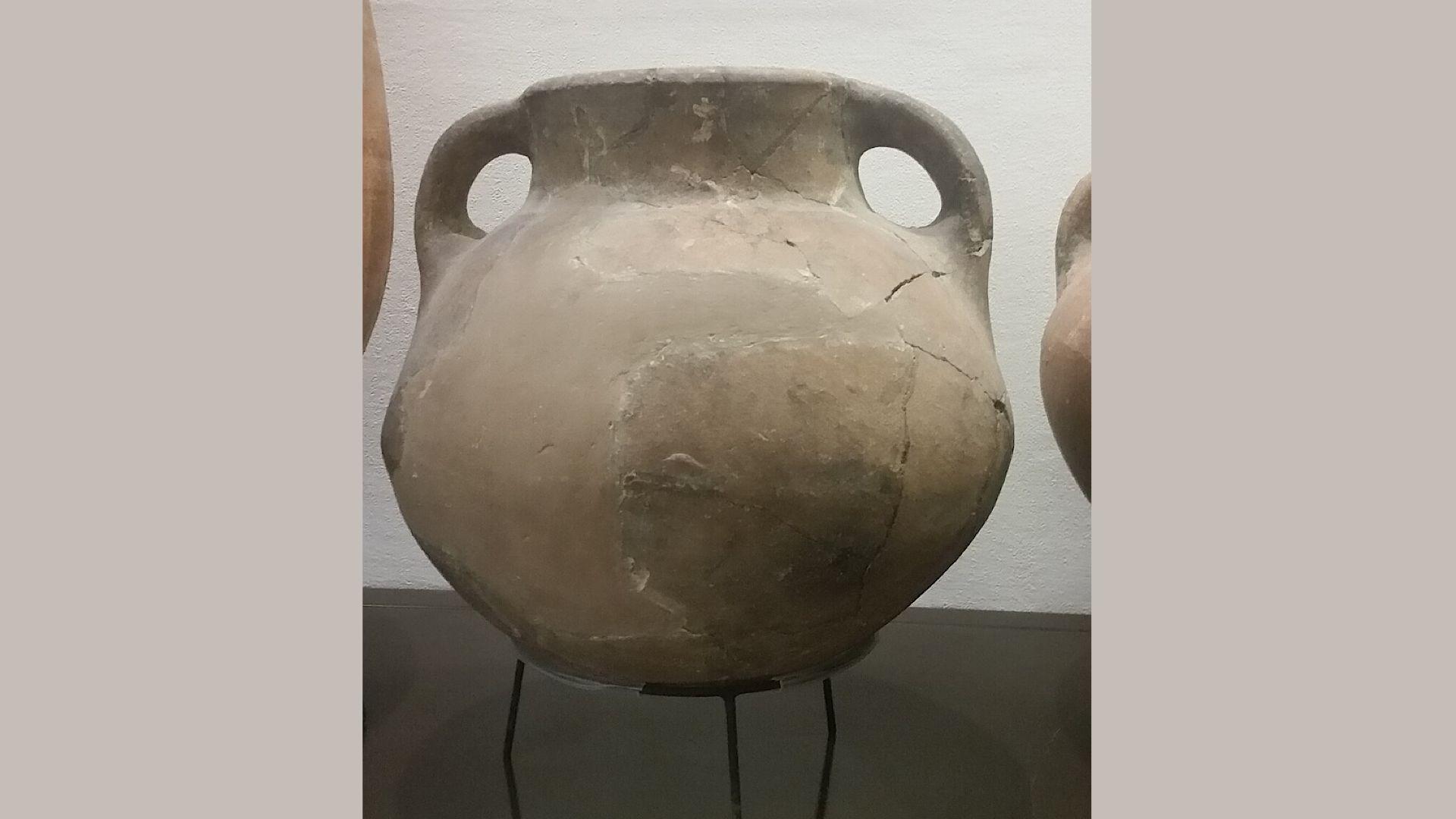
The Hecht Museum’s compassionate response to a young boy’s accidental breaking of an ancient jar exemplifies a powerful educational approach. Instead of punishing the family, the museum staff turned the incident into a learning opportunity.
This forgiving attitude not only eased the family’s distress but also opened doors for broader public engagement. By inviting the boy back to witness the restoration process, the museum demonstrated how institutions can transform mishaps into valuable experiences, fostering a positive relationship between the public and cultural heritage.
Ancient Jar Restoration Process
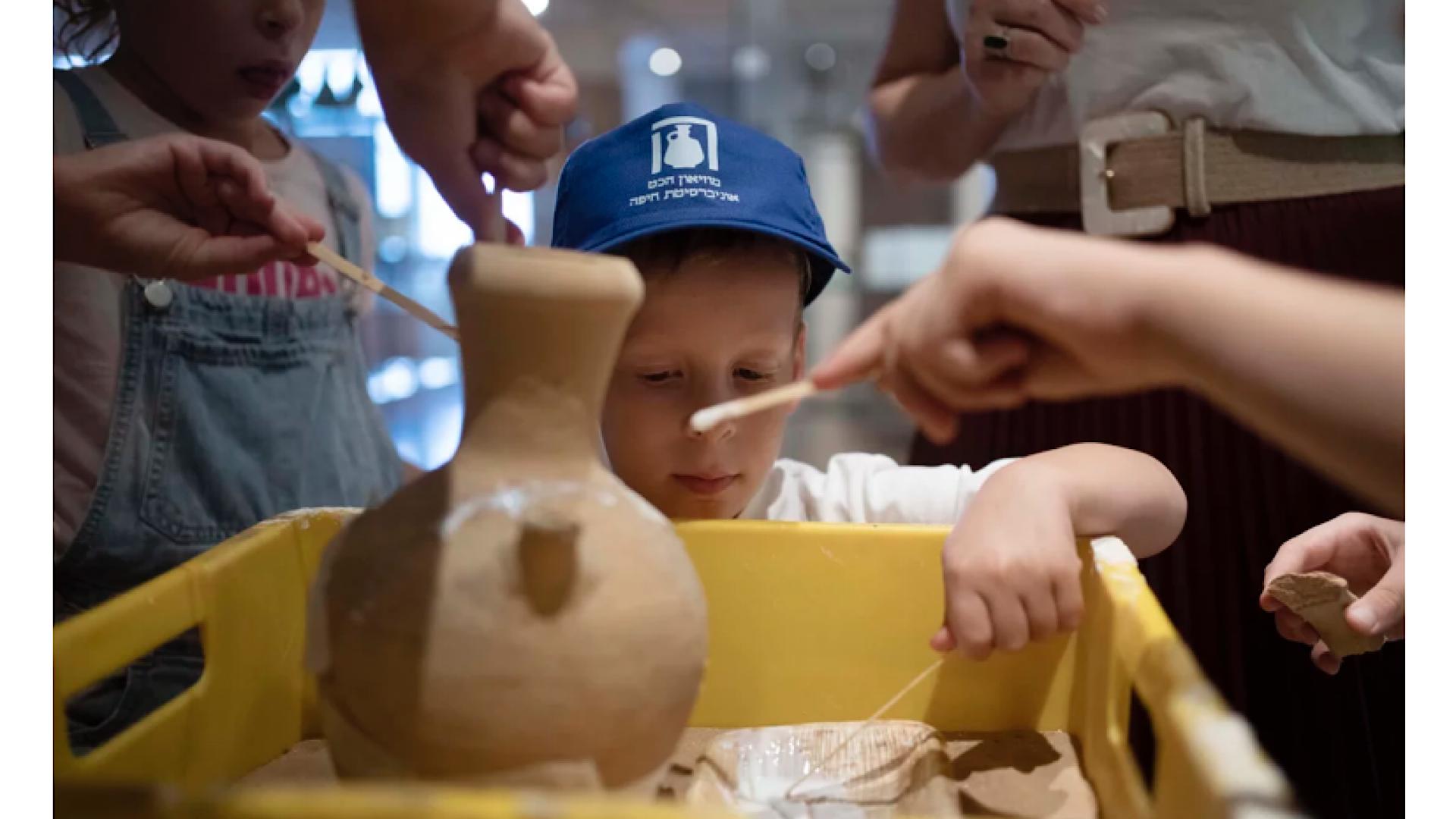
The restoration of the 3,500-year-old Bronze Age jar at the Hecht Museum offers a fascinating glimpse into modern conservation techniques. Experts are employing cutting-edge 3D technology and high-resolution video analysis to meticulously piece together the shattered artifact.
This process not only aims to restore the jar’s physical form but also preserves its historical significance. The museum’s decision to share this restoration journey with the public, especially the young boy involved in the incident, highlights the intersection of ancient artifacts and modern technology in the field of archaeology and conservation.
Open Artifact Display Debate
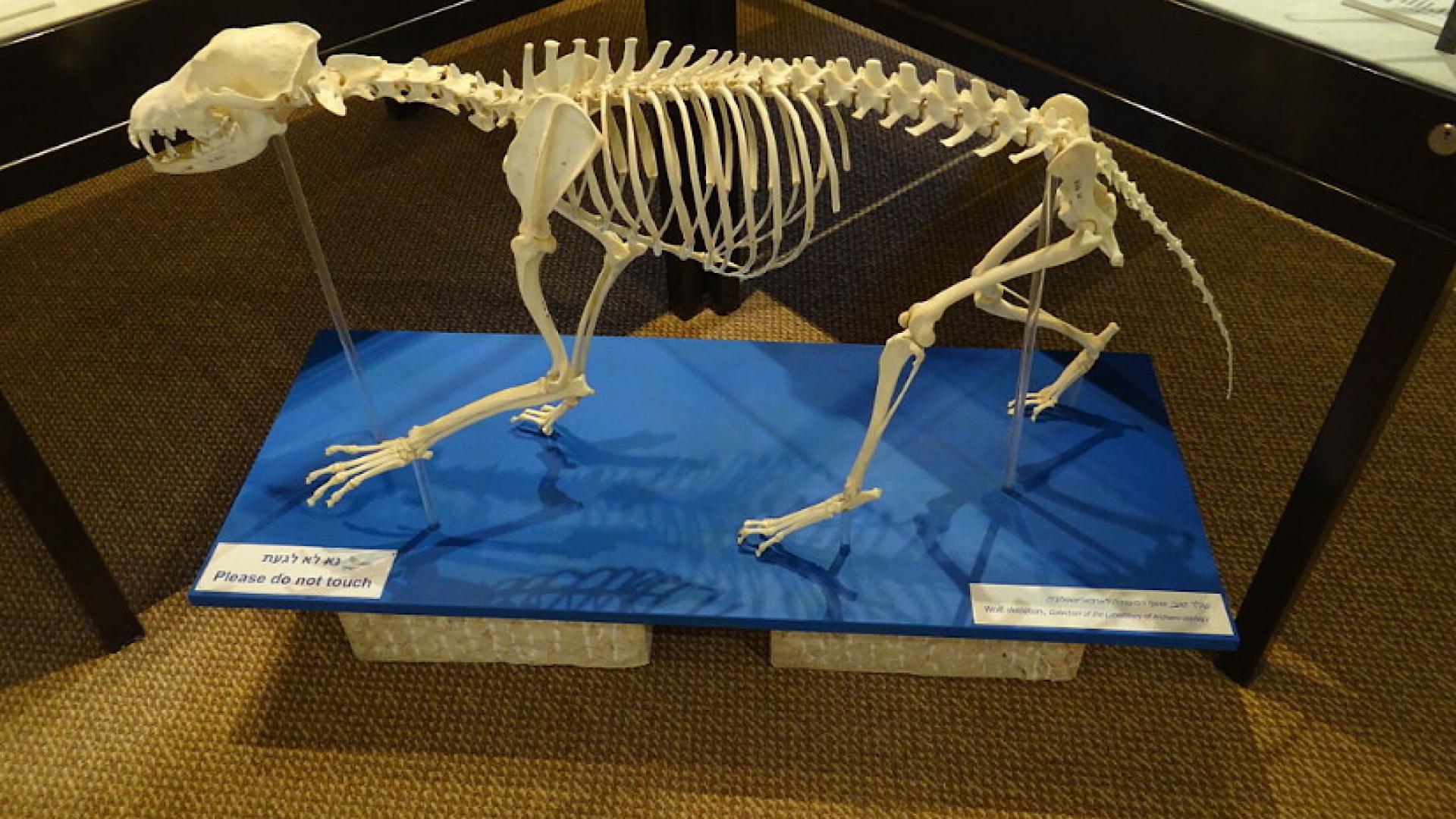
The incident at the Hecht Museum reignites the ongoing debate about open artifact displays versus protective enclosures. While open displays allow visitors to experience history more intimately, they also increase the risk of accidental damage.
This case study provides valuable insights into the benefits and challenges of accessible exhibits. It prompts museums worldwide to reconsider their display strategies, balancing the desire for visitor engagement with the need to protect priceless artifacts. The discussion extends beyond physical safety to include the educational value of tactile experiences in museums.
Child’s Curiosity Sparks Learning
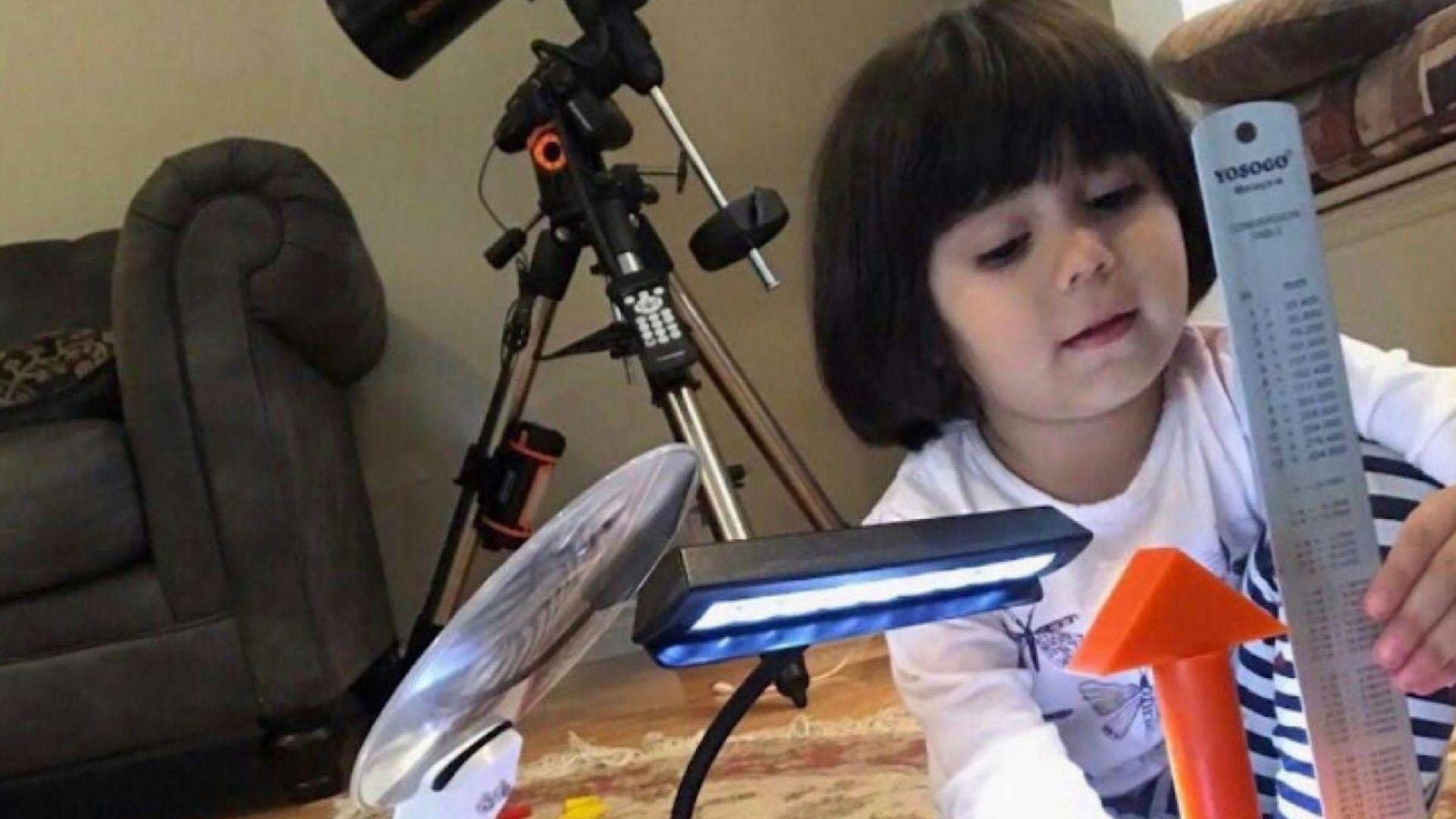
The young boy’s curiosity, which led to the jar’s accidental breaking, has unexpectedly ignited a unique learning experience. His innocent desire to see inside the artifact has opened up a world of archaeological knowledge not just for him, but for his family and potentially many others.
This incident showcases how children’s natural inquisitiveness can be a powerful catalyst for education. It emphasizes the importance of nurturing this curiosity in museum settings, transforming potential mishaps into opportunities for deeper understanding and appreciation of history and conservation efforts.
Technology in Artifact Repair
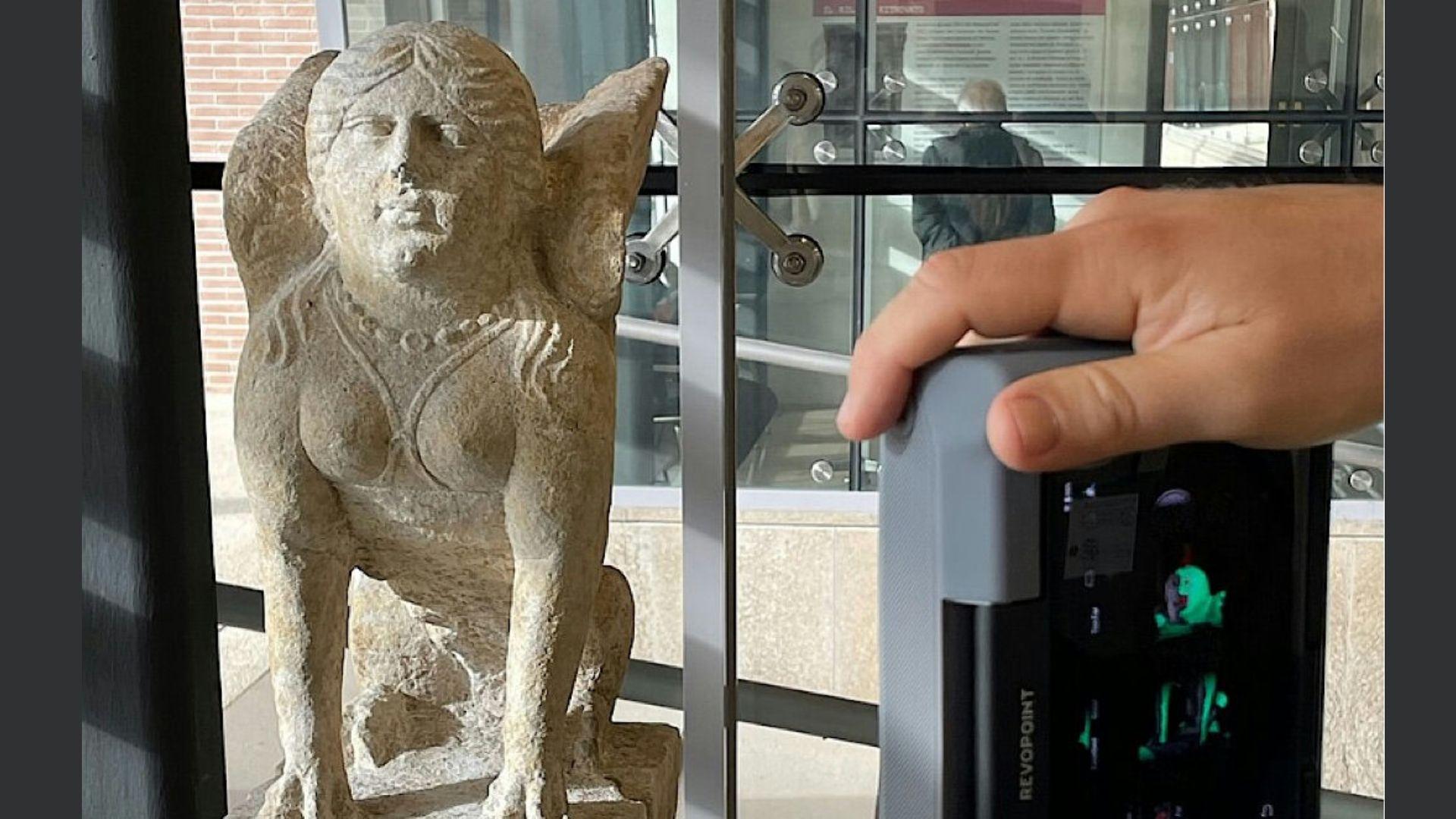
The use of advanced technology in repairing the broken jar at the Hecht Museum highlights the evolving field of archaeological conservation. 3D scanning and modeling, along with high-resolution imaging, are revolutionizing how damaged artifacts are restored.
These technological advancements not only aid in more accurate and efficient repairs but also provide valuable data for future research. By incorporating these modern techniques into the restoration process, museums can bridge the gap between ancient artifacts and contemporary science, offering new perspectives on historical preservation and study.
Museum’s Educational Opportunity Approach
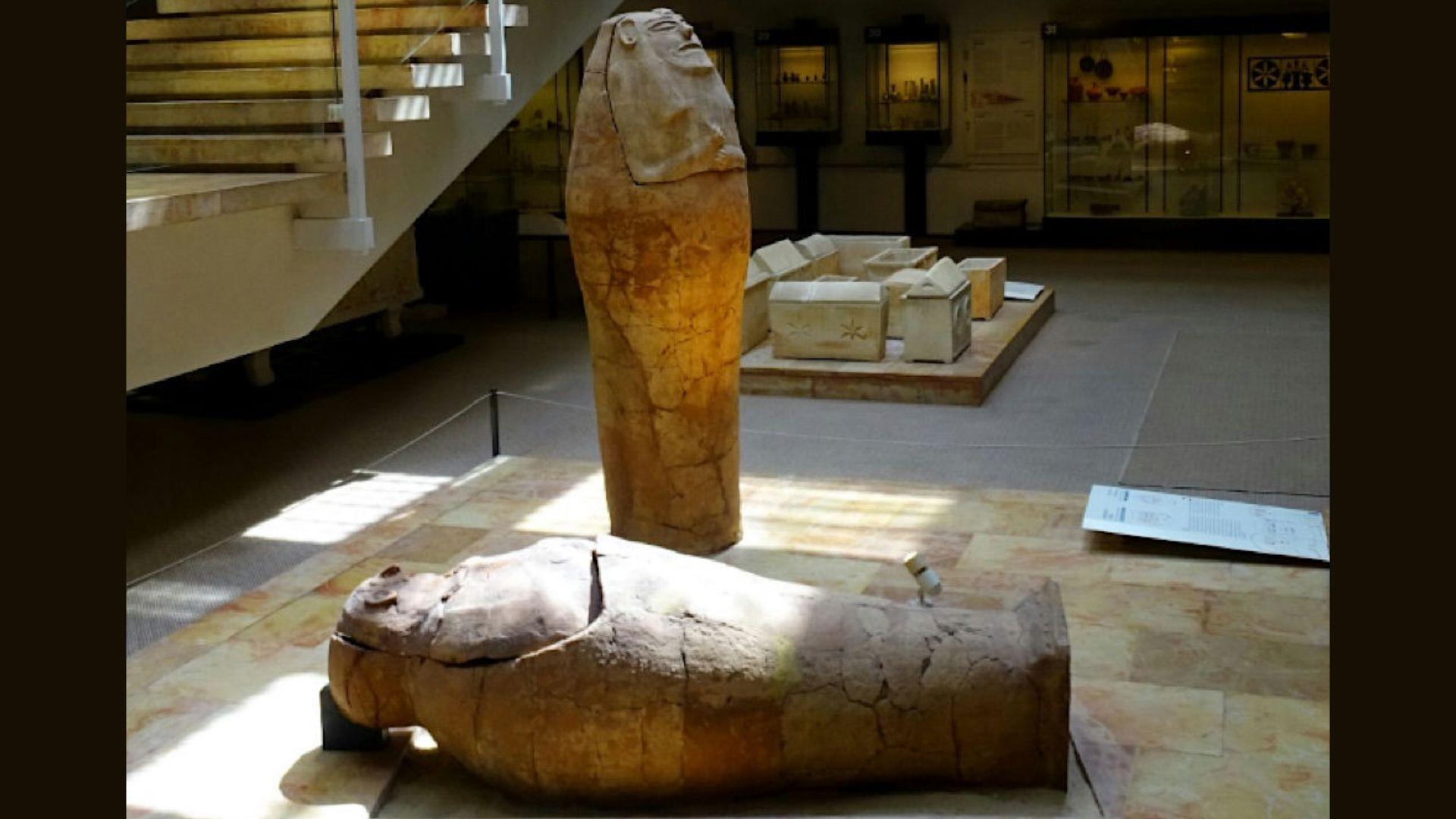
The Hecht Museum’s response to the broken jar incident exemplifies a progressive approach to public education. By transforming a potentially negative event into a learning experience, the museum demonstrates its commitment to engaging visitors in meaningful ways.
This strategy goes beyond traditional museum roles, actively involving the public in the processes of conservation and historical understanding. It showcases how cultural institutions can adapt to unexpected situations, using them as springboards for broader educational initiatives that resonate with visitors of all ages.
Touching History: Pros Cons

The incident at the Hecht Museum brings to light the ongoing debate about allowing visitors to touch historical artifacts. On one hand, tactile experiences can create deeper connections with history, making it more tangible and memorable for visitors, especially children.
However, this approach also carries risks, as demonstrated by the broken jar. Museums must carefully weigh the educational benefits of hands-on interactions against the potential for damage to irreplaceable artifacts. This balancing act challenges institutions to find innovative ways to provide immersive experiences while ensuring the preservation of historical treasures.
Family’s Unexpected Museum Adventure

What began as a routine museum visit for the Geller family transformed into an extraordinary adventure in historical preservation. Their experience highlights how unexpected events can lead to unique learning opportunities and memorable family moments.
This incident serves as a reminder that museum visits can be unpredictable yet enriching experiences. It demonstrates how a family’s openness to learning from mistakes, combined with a museum’s welcoming attitude, can turn a potentially stressful situation into a positive, educational journey that strengthens the bond between cultural institutions and their visitors.
Bronze Age Jar’s Journey
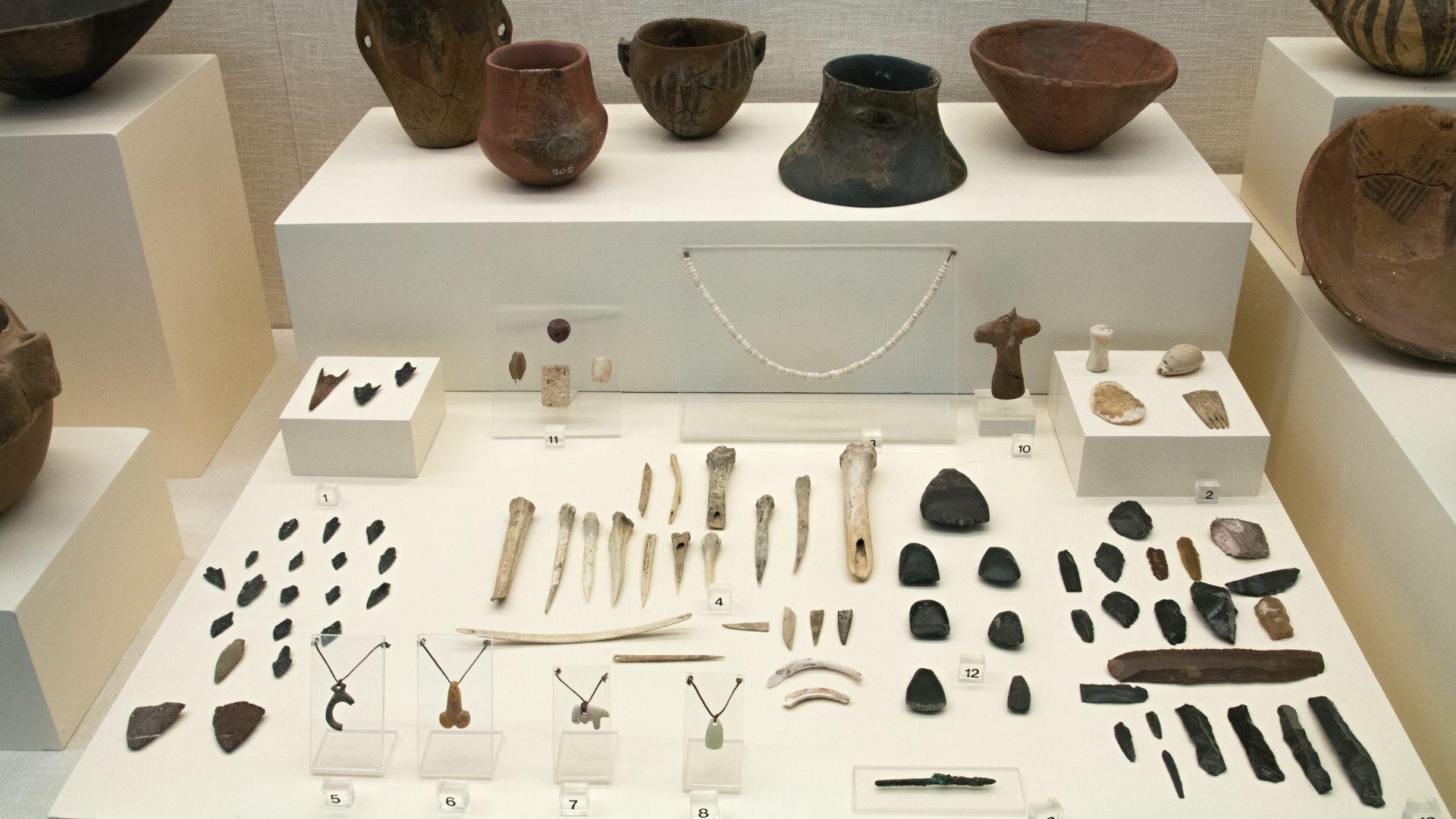
The 3,500-year-old jar’s journey from its creation in the Bronze Age to its recent accident and subsequent restoration tells a compelling story of resilience and historical significance. This artifact, which survived millennia only to face a modern mishap, now embarks on a new chapter in its existence.
The jar’s restoration process not only aims to repair physical damage but also adds a contemporary layer to its rich history. This journey from ancient times to the present day, including its brief moment of fame due to the accident, illustrates the ongoing relevance of archaeological artifacts in our modern world and their power to connect past and present.

